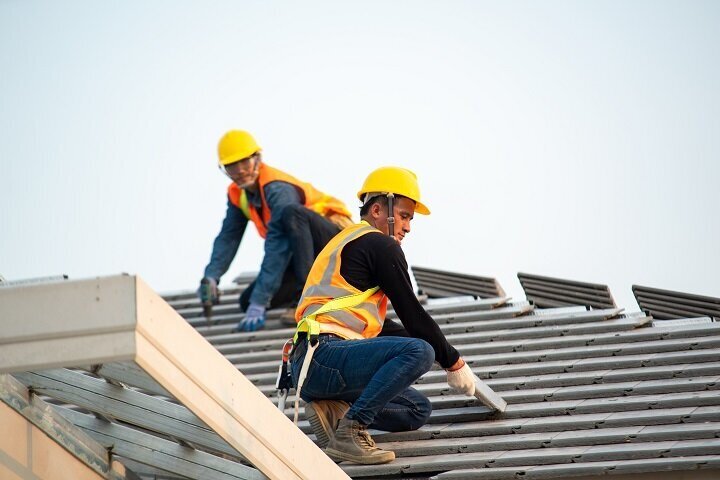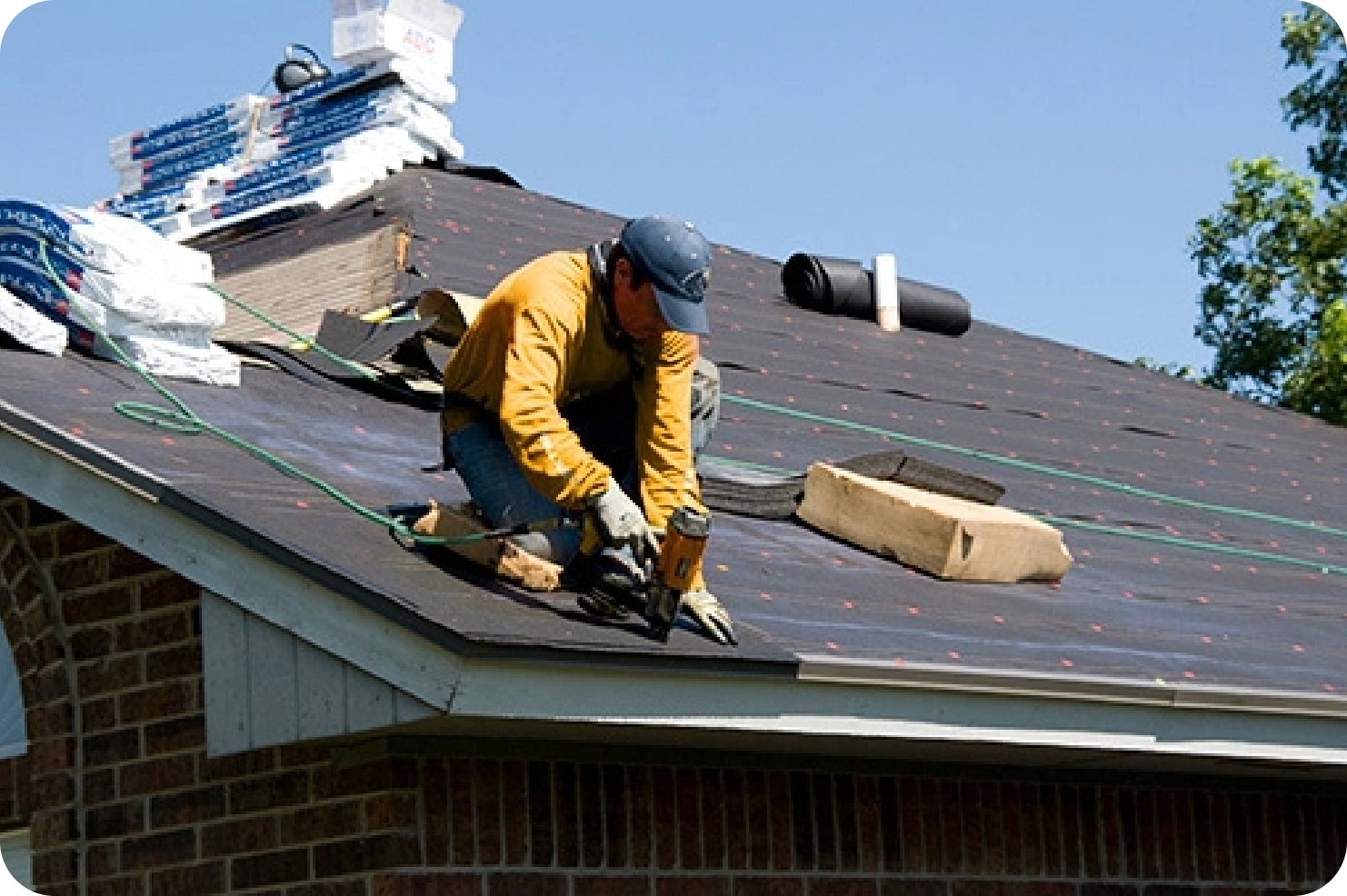Contact a top-rated Toledo Roofer for reliable roofing services.
Contact a top-rated Toledo Roofer for reliable roofing services.
Blog Article
How to Assess Various Roof Covering Alternatives for Your Building Needs
Assessing roof covering choices for your structure requires a detailed method that takes into consideration various aspects such as the planned use of the framework, neighborhood environment conditions, and material characteristics. It is necessary to weigh the advantages and drawbacks of different roofing kinds, from asphalt shingles to metal and clay ceramic tiles, while also factoring in first costs and long-lasting maintenance. In addition, comprehending energy performance and visual charm can affect your choice. As you consider these factors to consider, one question continues to be: which factors will eventually assist your choice for a lasting and aesthetically pleasing roof remedy?
Examining Your Structure's Requirements
To successfully evaluate roof covering options, begin by completely analyzing your structure's needs. Start by considering the building's meant usage, as different frameworks might demand differing roofing specifications. Domestic roofings often focus on appearances and insulation, while industrial structures might focus on durability and load-bearing capacity.
Following, assess the neighborhood climate conditions that will impact roof efficiency. Factors such as temperature fluctuations, rainfall levels, and wind patterns can affect product selection and style. A roof that stands out in a temperate environment might not perform as well in areas susceptible to heavy snowfall or severe heat.
Furthermore, evaluate the structural stability of your structure. Make sure that the existing framework can sustain the picked roof materials, especially if taking into consideration much heavier alternatives. It is also essential to examine any regional building regulations or regulations that may determine certain needs for roofing systems.

Comparing Roof Covering Products
When a detailed evaluation of your building's needs has been completed, the next step entails contrasting different roof covering materials. Each material supplies distinct benefits and disadvantages, making it important to straighten your option with your certain needs and scenarios.
Asphalt shingles are extensively identified for their price and convenience of installment, making them a popular option for household buildings. On the various other hand, metal roofing, understood for its longevity and durability, can withstand severe climate problems but may include a higher initial financial investment.
Clay and concrete tiles supply excellent thermal insulation and visual charm, especially for Mediterranean-style architecture, yet they call for a more robust structural support as a result of their weight. Timber shakes offer an all-natural look and great insulation buildings however might require more upkeep and are prone to fire threats.
Evaluating Expense and Budget
Examining your roofing choices necessitates a careful examination of expense and budget try this site plan considerations. The overall budget for a roofing task consists of numerous aspects, including material costs, labor expenses, upkeep, and potential long-lasting cost savings. It is necessary to develop a clear spending plan before discovering details roof materials, as this will guide the decision-making procedure and aid you avoid overspending.
Begin by obtaining quotes from numerous contractors to understand labor expenses in your region. Make sure that these estimates include all needed services, such as removal of the old roofing, installment, and any kind of added features, like insulation or air flow renovations - Roofer. Next off, evaluate the cost of numerous roof materials, thinking about both first installation prices and anticipated life-span

Comprehending Power Efficiency
Power efficiency plays a vital role in the selection of roof materials and systems, dramatically affecting both power usage find more and general convenience within a structure. An appropriate roofing can improve thermal efficiency, decreasing the need for heating and cooling down systems, which in turn lowers power bills and lessens environmental influence.
When assessing roof choices, consider materials that reflect rather than absorb warm. In addition, appropriate insulation and air flow are necessary to optimize the energy effectiveness of the entire roof system.
One more important element is the roof's durability and upkeep requirements. Resilient products that need less constant replacement add to long-term energy savings. Additionally, the power performance of a roof covering system can likewise be evaluated with its compliance with well established sustainability scores such as power CELEBRITY or LEED.
Taking Into Consideration Visual Appeal
A roof covering's visual appeal substantially influences the general appearance of a building, complementing its architectural style and boosting aesthetic allure. Roofer. When assessing roofing choices, it is necessary to consider how the picked product, color, and design will harmonize with the existing framework and area. A properly designed roof covering can elevate even the simplest of buildings, transforming them right into visual centerpieces
Various roof products offer numerous aesthetic qualities. For instance, standard tiles may stimulate a timeless charm, while steel roofing can give a contemporary, streamlined appearance. Furthermore, the shade of the roof covering material plays a critical role; lighter tones can make a structure show up more large, while darker tones may develop a cozier ambiance.
Moreover, architectural elements, such as dormers and eaves, can boost the roofing's visual impact. It is a good idea to talk to specialist designers or designers to make certain the picked roof covering choice straightens with the general style intent. Inevitably, a roof ought here are the findings to not only give practical benefits however likewise add favorably to the structure's visual, reflecting the proprietor's taste and the character of the surrounding atmosphere.
Conclusion

Report this page